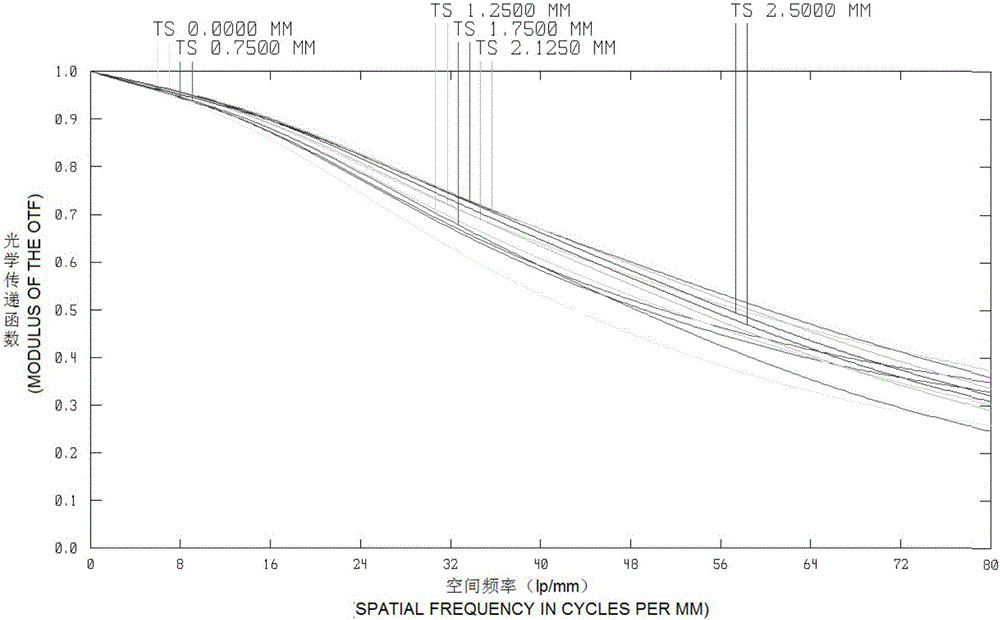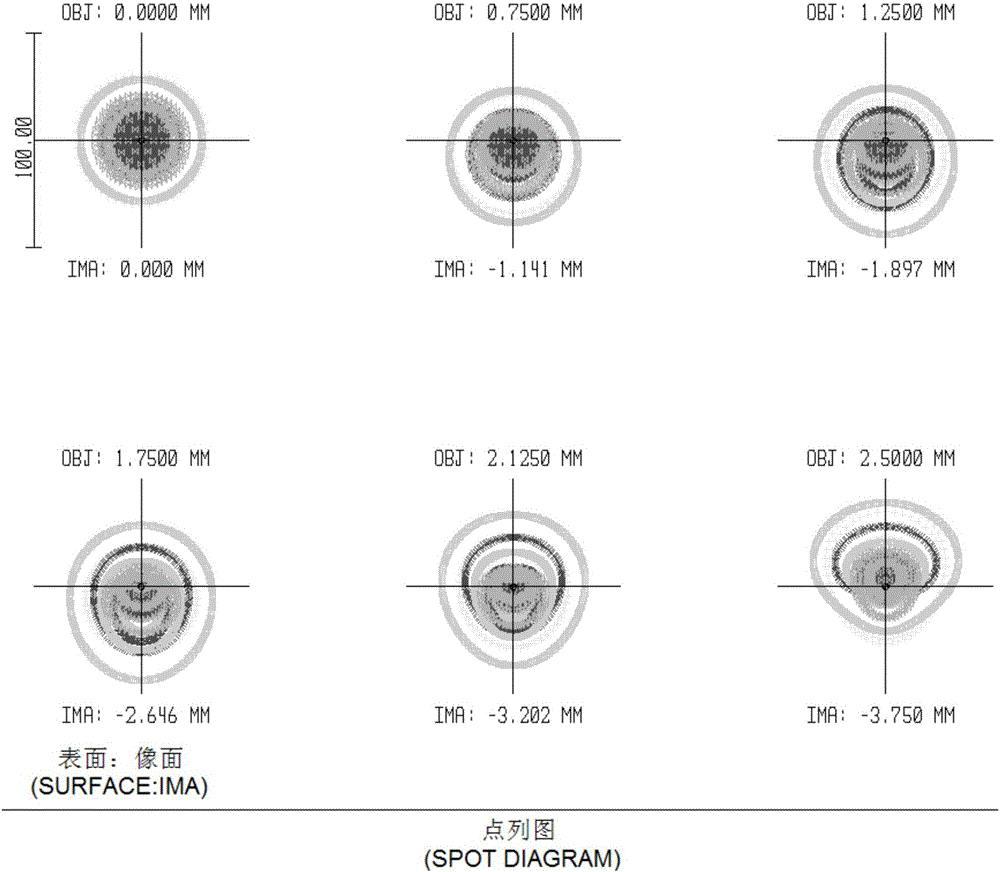Biochip Scanner Fluorescence Collection Objectives
A biochip and scanner technology, applied in fluorescence/phosphorescence, optics, instruments, etc., can solve the problems of small selection range of fluorescent reagents, non-uniform imaging, small back intercept of lens, etc. Long, the effect of improving the detection sensitivity
- Summary
- Abstract
- Description
- Claims
- Application Information
AI Technical Summary
Problems solved by technology
Method used
Image
Examples
Embodiment Construction
[0019] Now in conjunction with the accompanying drawings, the fluorescence detection objective lens will be further described in detail.
[0020] Such as figure 1 As shown, the fluorescence collecting lens of the present invention includes sequentially from the object side to the image side along the optical axis: a biochip scanner fluorescence collecting objective lens, including 8 lenses, from the object side to the CCD imaging surface, and the fluorescence signals pass through in sequence: J1 Plano-convex positive lens 1, J2 double-concave negative lens 2, J3 concave-convex positive lens 3, J4 plano-convex positive lens 4, J5 bi-convex positive lens 5, J6 concave-convex negative lens 6, J7 plano-planar lens 7, J8 convex-concave positive lens 8, Each lens is arranged on an optical axis, wherein J5 double-convex positive lens 5, J6 concave-convex negative lens 6 form a doublet lens, and an aperture stop is set on the surface near the object side of J4 plano-convex positive le...
PUM
 Login to View More
Login to View More Abstract
Description
Claims
Application Information
 Login to View More
Login to View More - R&D
- Intellectual Property
- Life Sciences
- Materials
- Tech Scout
- Unparalleled Data Quality
- Higher Quality Content
- 60% Fewer Hallucinations
Browse by: Latest US Patents, China's latest patents, Technical Efficacy Thesaurus, Application Domain, Technology Topic, Popular Technical Reports.
© 2025 PatSnap. All rights reserved.Legal|Privacy policy|Modern Slavery Act Transparency Statement|Sitemap|About US| Contact US: help@patsnap.com



